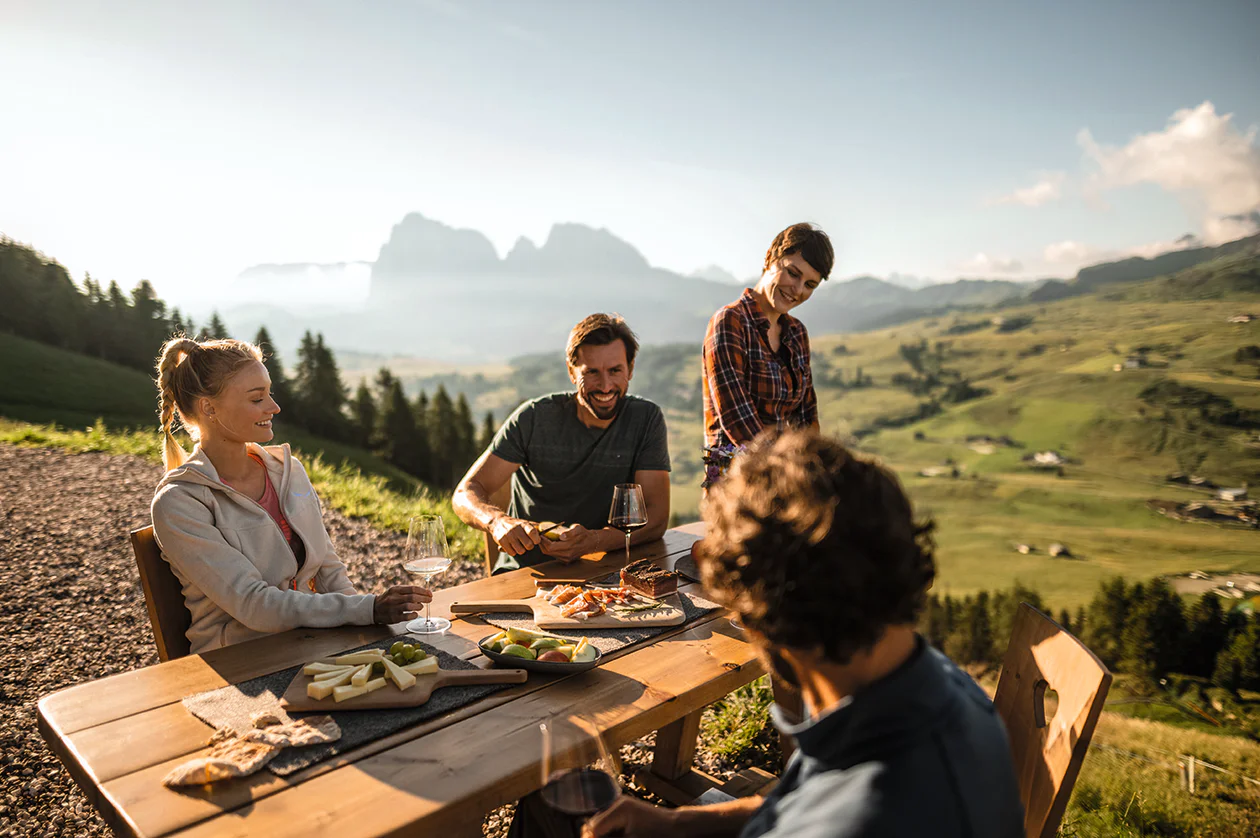Es gibt keinen Ort in Südtirol, in dem keine Kirche steht: Christlich geprägt, gibt es hierzulande eine große Dichte an Kirchen und Kapellen, Klöstern und Abteien, die ältesten davon bereits aus der frühchristlichen Zeit. Entlang viel frequentierter Wege, die bereits im frühen Mittelalter als Verbindung zwischen Nord und Süd dienten, entstanden Kapellen als Schutz für Reisende, Hospize und Kommenden für Ritterorden. Dazu kamen Klöster auf dem Land und in Städten, größere Kirchen und Kathedralen. Heute sind weit über 250 Kirchen erhalten und zugänglich. Besuchen Sie diese in kultureller, künstlerischer und kunsthistorischer Hinsicht interessanten Bauwerke, die Zeugen einer wechselvollen Geschichte sind.
The first church was dedicated to St. Maria Magdalena and was built in the 12th century. In the 14th century there were structural changes, which served the beautification and were necessary for conservative reasons. The change of the patron of Magdalena to Martin was supposed to have been completed in 1613, from then on, only a church of Saint Martin is mentioned.
























































